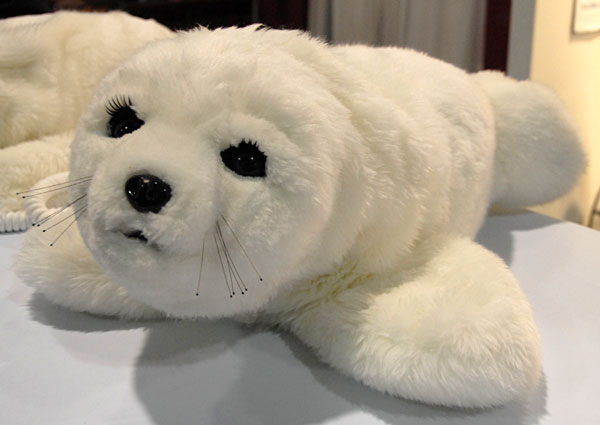
DREU Summer 2011
My Summer in Albuquerque
Week 4: June 20 - June 24
This week I started by looking at the layer information for both TCR and 1QLP, seeing which values had not only a low number of rejections, but also placed high-quality nodes far from the native state. This will be helpful when determining which values give us the best information when adjusting the percentage of the protein that is flexbie and the percentage that is rigid. I found that for the TCR, the best combination was PFlex = 0.06 and PRigid = 0.0005, while the worst combination was PFlex = 0.1 and PRigid = 0.05. For 1QLP, when PFlex = 0.1 and PRigid = 0.01, the layer information was the best, but it also had a higher number of rejections than other values. This week I also continued working on the code for multiple articulated linkages. Right now, I am waiting for all of the other files necessary to run the code to be altered for use with articulated linkages, and hopefully will soon be able to test the code. I also began working on my final paper, writing up an introduction for the paper. This was a big learning experience, because both Andrea and I are writing the paper in LaTeX, which neither of us had used before, but by the end of the week we both were able to use it without too much difficulty. On Thursday, we had a meeting where we heard about the research interests of some of the professors here at the University of New Mexico, including our mentor, Dr. Tapia. I enjoyed hearing about what other professors are researching, especially since I tend to forget that not everyone is as focused on proteins as everyone I am working with this summer is! One thing we learned about in our meeting on Thursday was Paro, pictured below, a therapeutic robot baby harp seal, who is used to provide therapy to patients with debilitating physical and metnal illnesses. Paro is adorable! (But, unfortunately, expensive). For a demonstration of Paro, click here.

Previous Entry Next Entry